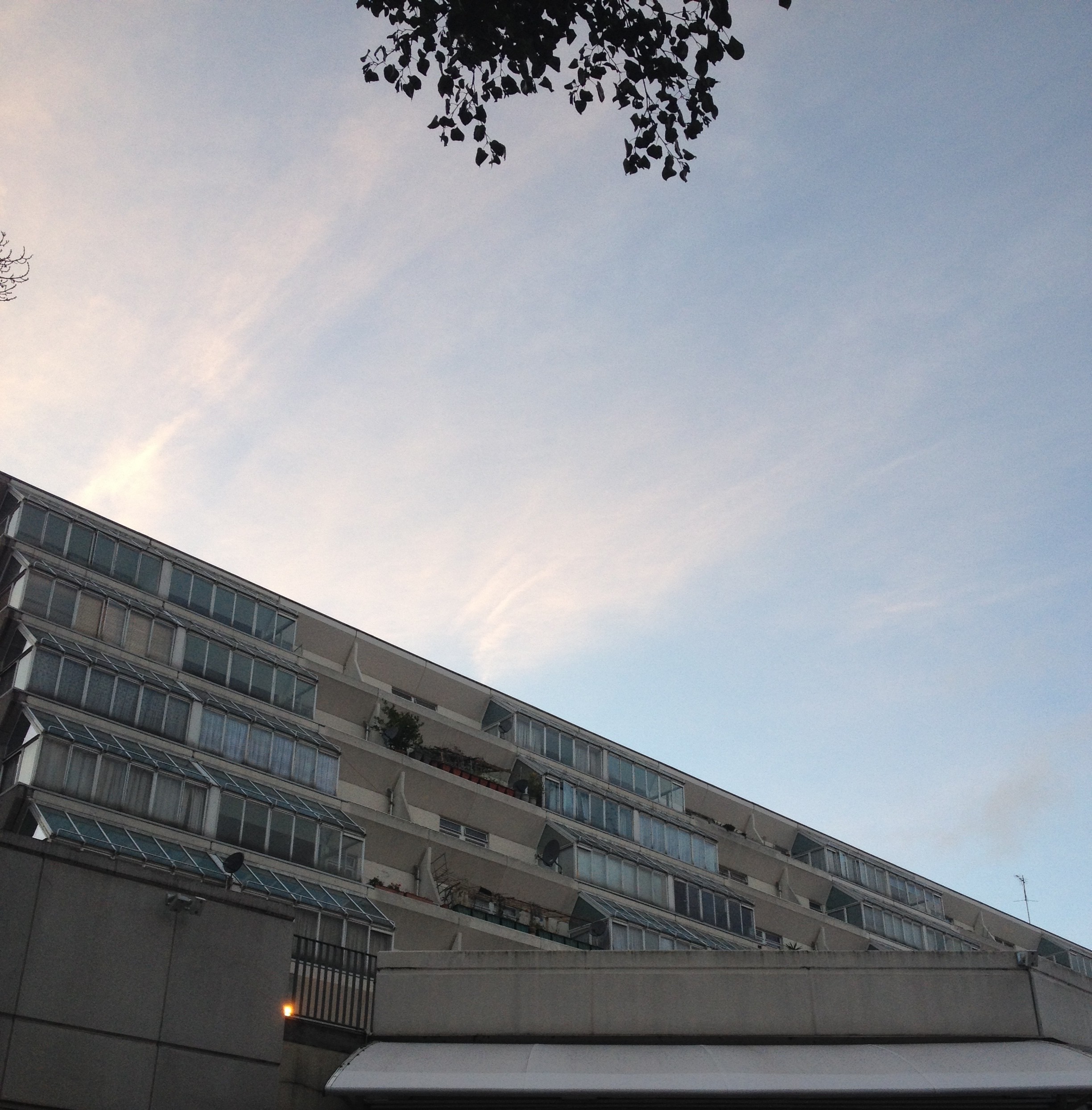New Brutalism started out as an efficient style for post-war Britain – honest with its expression of materials, practical, cheap but futuristic. Unfortunately it didn’t transform Britain into a modernist paradise but instead, new brutalism became the house style for welfare architecture.
For Hodgkinson the The Brunswick had no such affiliation, “I didn’t hold with new brutalism, myself. I just prayed for the day we would be able to paint it.”
The Brunswick Centre has always fascinated me, but I’ve never actually made the effort to go and search for it in London. It just so happens that I came across it the other day after wandering through Holborn and I was seriously taken aback by the sheer size of it, I had always thought it was quite a shallow structure, but it actually towers over the central shopping area. It’s safe to say the area has come a long way from what it was in the 60’s and 70’s, but one of the most remarkable things about the revival of the Brunswick was how straightforward it turned out to be.
Patrick Hodgkinson had to create a building which was essentially two tower blocks condensed into buildings which didn’t exceed the height limit set by London County Council, his solution was to put it into two rows, leaving a shopping street in the middle. He conceived it as a modern day London village, with family homes, a cinema (The Renoir) and shops.
Its raw concrete and articulated structure put it firmly in the new brutalist school, alongside the ambitious Trellick Tower but did it ever reach the standard that Hodgkinson wanted before the revival?

